A-Z of Literary Travel: All The World's a Book
... and those who don't travel read only a page, goes the saying. but when travel isn't possible, such as during a pandemic, books can help you explore the world from your armchair, says Laura Gelder.
This is a feature from Issue 3 of Charitable Traveller. Click to read more from this issue.
Reading about places is the next best thing to going there, whether it’s a travelogue designed to tempt you or a novel combining vivid descriptions of locations with page-turning narratives.
I travelled to many of my favourite places on a page, long before I set foot in them. A-life lifelong love affair with the Far East began 20 years before I arrived there after reading Arthur Ransome’s Missy Lee – a tale of children kidnapped by Chinese pirates. I love the evocative names – like Tiger Island and their captor Taicoon Chang – and the tale of the daring escape, sailing through a dangerous gorge aboard a Chinese junk called Shining Moon, made me long to see the emerald waters of the South China Sea. When I finally touched down in the frenetic neon smog of Shanghai in 2012 it wasn’t quite the same vision that Ransome had penned in the 1930’s, but I consider myself lucky to have travelled to two very different China’s. Here’s my A-Z of literary-inspired escapes
A - Alabama
To Kill a Mockingbird
Some places look like they’ve leapt straight out of the pages of a book – like Monroeville in Alabama. Harper Lee’s hometown was the inspiration for Maycombe in To Kill a Mockingbird. The streets are no longer dusty, but the courthouse on the crossroads is still filled with rows of shiny wooden benches and the judge’s pulpit backed by an American flag. The courthouse museum has an exhibition on the book and its importance in the civil rights movement, as well as author Truman Capote, Lee’s childhood friend and the inspiration behind the character Dill.
B - Botswana
The No.1 Ladies Detective Agency
Alexander McCall Smith has published 221 novels in this series about Mma Ramotswe, but the country is as much a character in the books as it’s private investigator protagonist. While most visitors to Botswana go on safari, these books offer an insight into the culture, sights, and smells of urban Botswana. Through solving cases like missing husbands, the novels explore important issues in Southern Africa, like women’s roles in society and the clash between urban and rural ways of life.


C- Cornwall
Anything by Daphne du Maurier
In the haunting first page of Rebecca, the un-named narrator describes visiting Mandalay – the mansion where the book is set – in a dream. The description of the house, which appears to have a life of it’s own, is as vivid as du Maurier’s depictions of Cornwall’s craggy coastline and unforgiving sea and the bleak and barren wastes of Bodmin Moor, which are as wild and hostile as the smugglers who live there in the novel Jamaica Inn.
D - Dorset
The Famous Five
Enid Blyton’s most famous series, about a group of children – Julian, Dick, Anne, and tomboy George, plus Timmy the dog – is credited with introducing many generations of children to the joys of reading. No wonder, since the books are always set in the summer holidays and tasty picnics feature as heavily as Dorset’s bucolic scenery of rolling hills, cliffs, and hidden coves. A recurring location is Kirrin Island and its derelict castle, which Blyton purportedly based on Corfe, a pretty inland village looked over by a ruined castle on a mount and reached by a steam train from the seaside town of Swanage.
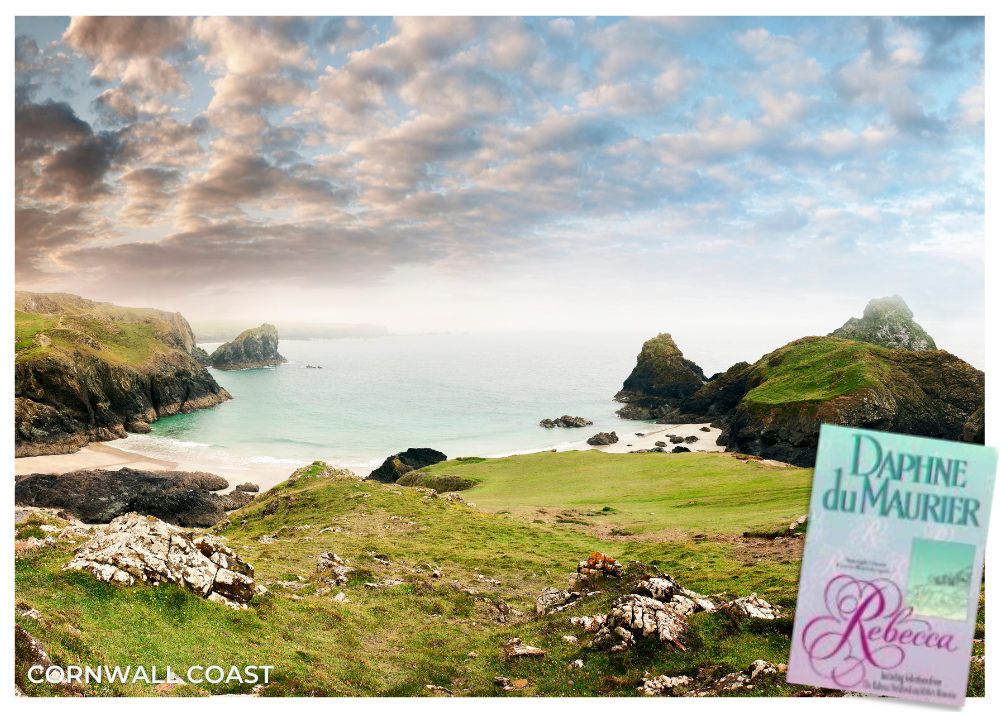
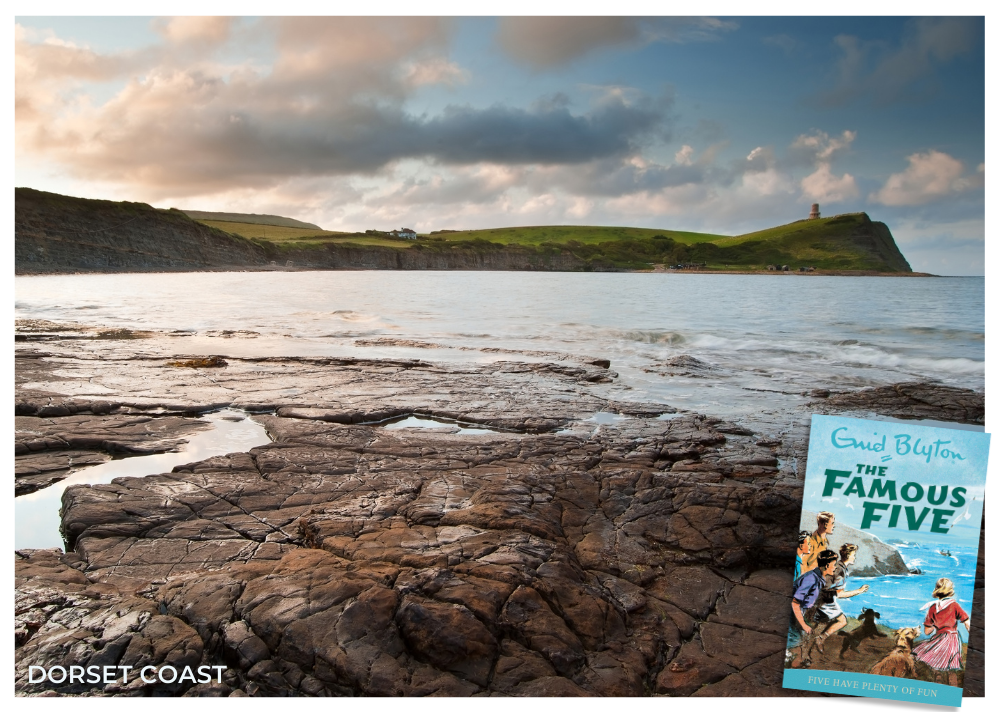
E - Egypt
Death on the Nile
Agatha Christie’s classic murder mystery is one of moustached hero Poirot’s most famous and as evocative of the exotic now, in the era of mass travel as it was when it was published back in the 1930’s. Descriptions include Cairo and the ancient temples of Abu Simbel, but Christie wrote the novel in Old Cataract. A timeless scene still unfolds every day from this hotel’s terrace, framed by palm trees. Ice cubes chink above a low hum of G&T chatter and the distant warble of an imam and, as white-sailed feluccas slip silently through the water, the horizon turns rose-gold and the bright blue-paint if the Nubian houses on the opposite bank fades to black.
F - Florida
Anything by Carl Hiaasen
Don’t expect any Disney depictions of the Sunshine State in Hiaasen’s novels. The Miami Herald Journalist-turned-novelist’s humorous crime capers capture the grotesque behind the glitz, the iniquity behind the idyllic. The descriptions of sugary sand beaches, tangled mangroves, and alligator-infested swamp land with have you longing to visit Florida, but the stories of corrupt politicians, jaded policemen, conniving crooks, and naïve tourists are hilarious. Hiaasen’s novels have a strong environmental theme and are critical of the state’s natural beauty being sold out for golf courses and retirement condos.
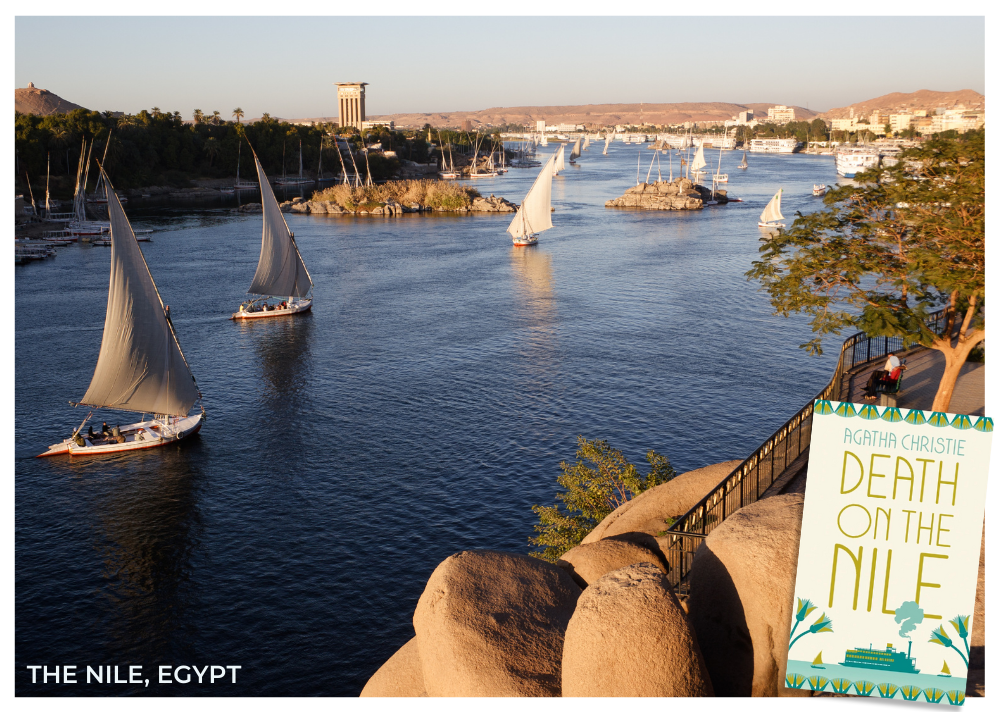

G - Guernsey
The Guernsey Literary and Potato Peel Pie Society
Like Dracula, this is a novel told via correspondence between characters, but that’s where the comparison ends. Mary Ann Shaffer’s charming romance is about a novelist woman from the mainland and a book-loving man from Guernsey but tells the tale of the Nazi Occupation of Guernsey. The beauty of the island and the rustic simplicity of the time is juxtaposed against the cruelty of the Germans, but it is an uplifting story of human relationships and our ability to maintain spirit during adversity.
H - Himalayas
Seven Years in Tibet
This factual book is no less romantic than fiction in it’s narrative or descriptions. Austrian mountaineer Heinrich Harrer escaped a prison camp in India and crossed the mighty mountains in Tibet, a country that was largely closed to foreigners. The book is set during the Second World War and up to just before the Chinese Communists invaded Tibet, and its descriptions of the Forbidden City of Lhasa and of a secret and deeply spiritual culture, now sadly eroded, are enthralling, while the story of his tutoring of and close friendship with the 14th Dalai Lama is poignant.
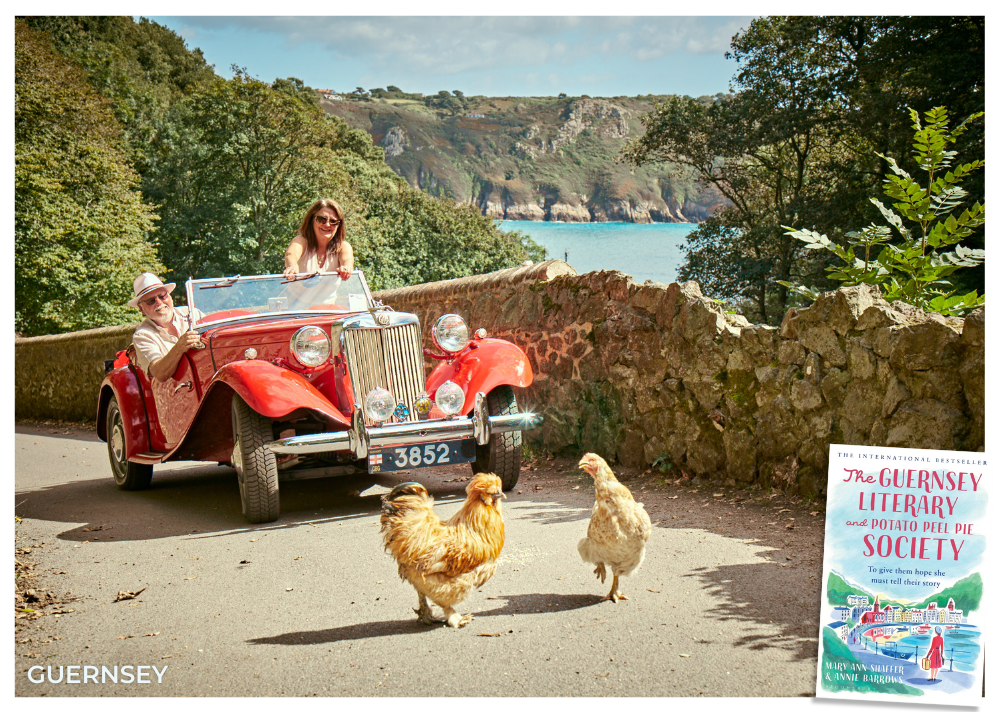
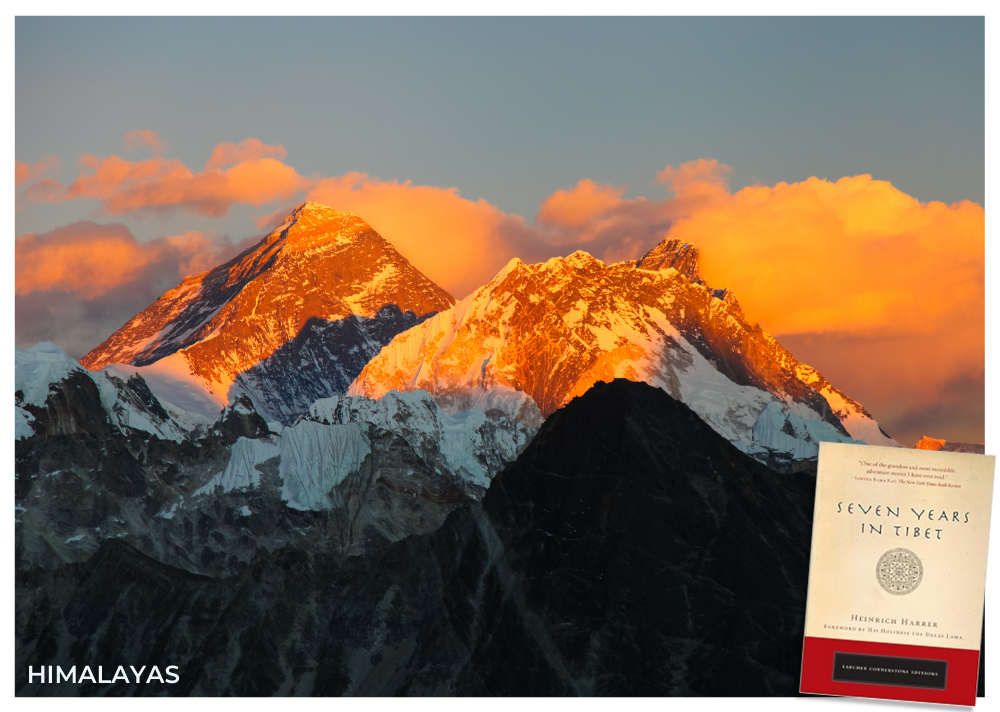
I - Italy
A Room with a View
E. M Forster’s 1908 novel about a young woman coming of age on a trip to Italy is full of symbolic contrast between the unashamed passion of Italian culture and the prudish sensibilities of the English, at least in Edwardian times. As the novel’s hero, Lucy Honeychurch, explores the piazzas of Florence with her chaperone, she starts to fall for a young man – and not the one she is expected to fall for. Set against a backdrop of romantic Italian scenery, it will have you longing for the domed skyline of Florence.
J - Japan
Memoirs of a Geisha
The high-tech toilets and cat cafés of modern Japan are far removed from the sliding screen doors and tea ceremonies depicted in Memoirs of a Geisha, but Arthur Golden’s book is still a valuable insight into the formal rites of Japanese culture. The tale is of two sisters, sold by their father into the entertainment business and transplanted from a fishing village to the big city of Kyoto. The depictions of the Gion district are as captivating as the strong female characters in a world where a demure glance can be the start of a secret passion or a ruined reputation.
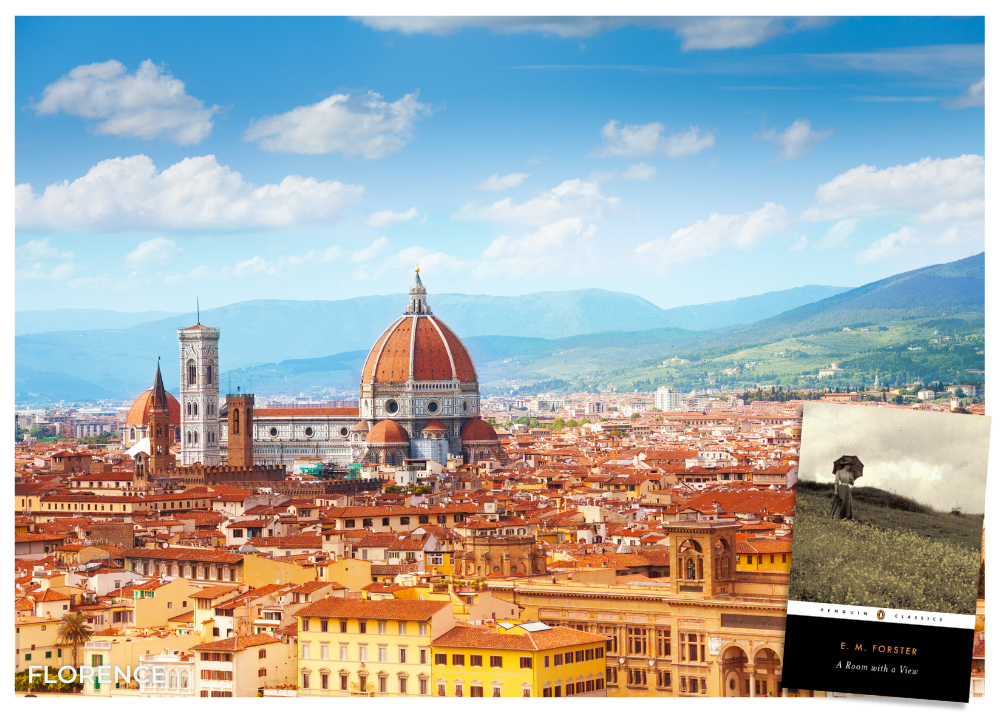

K - Kabul
The Bookseller of Kabul
Another non-fiction that’s novel-like in its style, this is written by Norwegian journalist Åsne Seierstad, who entered Afghanistan two weeks after the September 11th attacks. She spent three months living with a bookseller and his family in Kabul, disguised under a burka, and describes everyday life, strongly depicting the cruelty and unfairness of gender inequality in Afghan culture. The bookseller’s second wife accused the author of defamation and won the court case, but it remains fascinating.
L - Los Angeles
Michael Connolly's Bosch Series
Connolly’s crime novels about detective Harry Bosch were inspired by and are compared to Raymond Chandler’s 1930s/1940s private detective stores. The glamorous danger of Chandler’s California (based on LA) is replaced with gritty realism and the flamboyant lines (“he looked about as inconspicuous as a tarantula on a slice of angel food cake”) are absent, but the allure of the city, its neon landscapes possibilities and pitfalls, is just as tangible in Connolly’s stories.

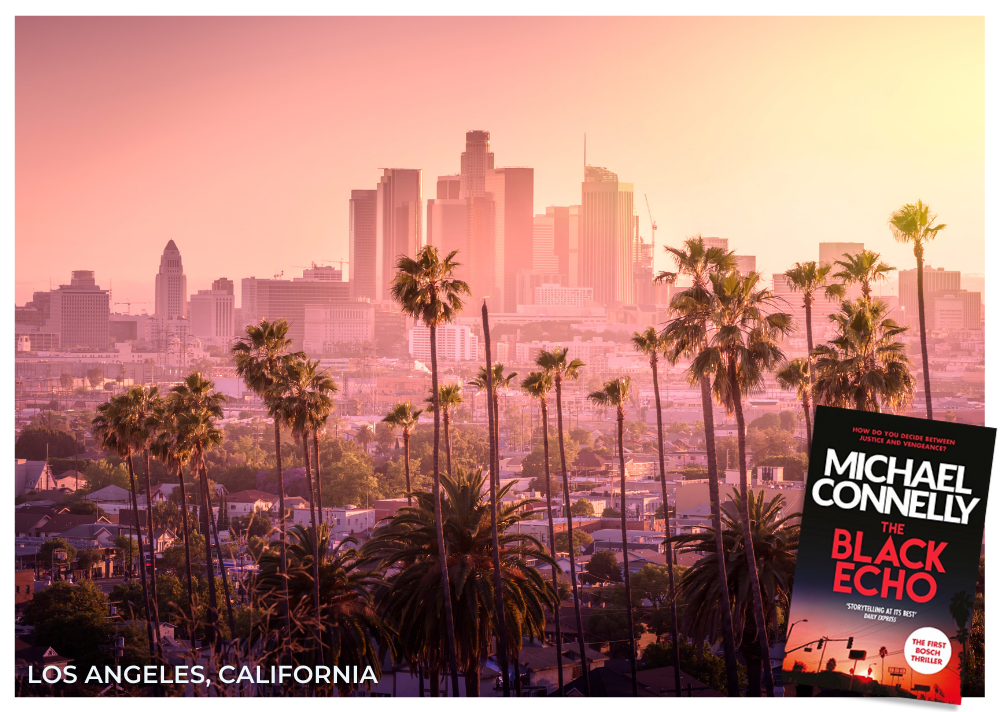
M - Mumbai
Shantaram
Author and ex-convict Gregory David Roberts claims his book is autobiographical but that has been contested and most of the events, such as him fighting with the mujahideen in Afghanistan, are impossible to substantiate. It doesn’t really matter because the story, of an escaped prisoner from Australia hiding in the slums of Mumbai and being pulled into the city’s seedy criminal underbelly, is so vividly written. India and all its beguiling complexities jump from the pages – from the bright colours and smiles of Bollywood to the stench of poverty.
N - Nigeria
Half of a Yellow Sun
Chimamanda Ngozi Adiche’s novel documents the country’s brutal civil war and genocide in the 1960’s. Following three characters swept up in the events, including a poor servant for a university lecturer and a young middle-class woman who leaves Lagos for a small town, the book is a vivid recreation of a past Nigeria as well as a comment on issues like colonialism, class, and race.

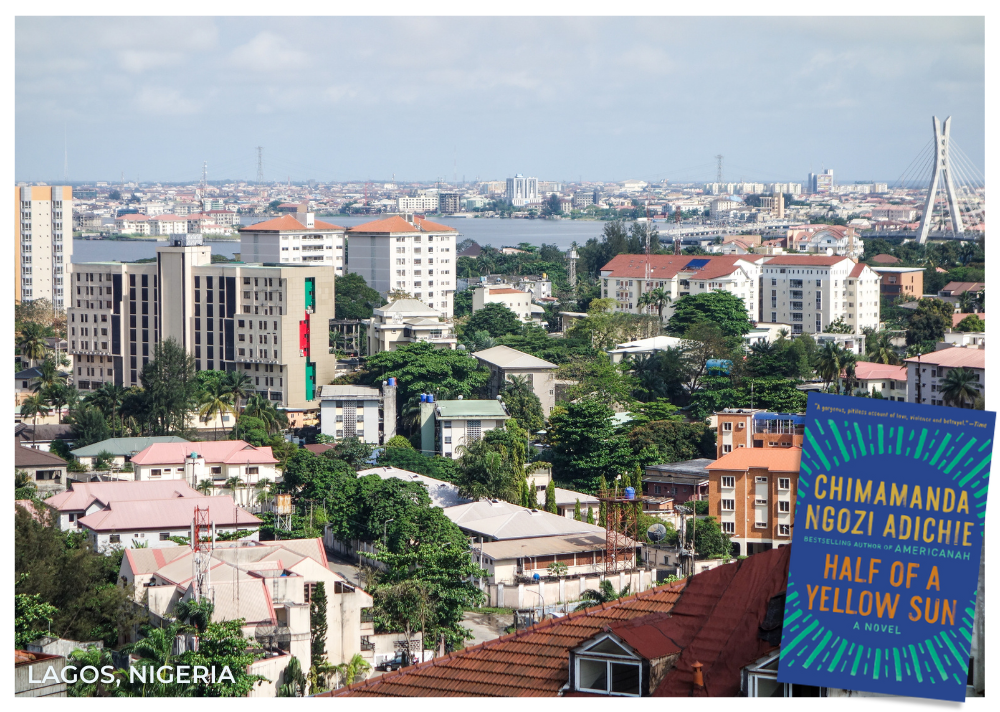
O - Oxford
His Dark Materials
While Philip Pullman’s trilogy makes you yearn for the frozen Arctic Circle, polar bears, and the dancing Aurora Borealis, much of the books are set in Oxford (the one we know and a different, fictional one in a world ruled by a malevolent religious order). Pullman writes a love letter to the city of dreaming spires where he was a student, describing not only the gargoyle-trimmed colleges but the botanical gardens, the canals, and the dusty curiosities of the Pitt Rivers Museum.
P - Prince Edward Island
Anne of Green Gables
L. M Montgomery writes about the trials and tribulations of a red-haired orphan with a gift for imagination living on this rural Atlantic island of Canada. The warm-hearted tale is still beloved by children more than a century later and although little girls in Prince Edward Island no longer wear straw bonnets, you’ll still find clapboard homesteads, red sand beaches and rolling green fields.
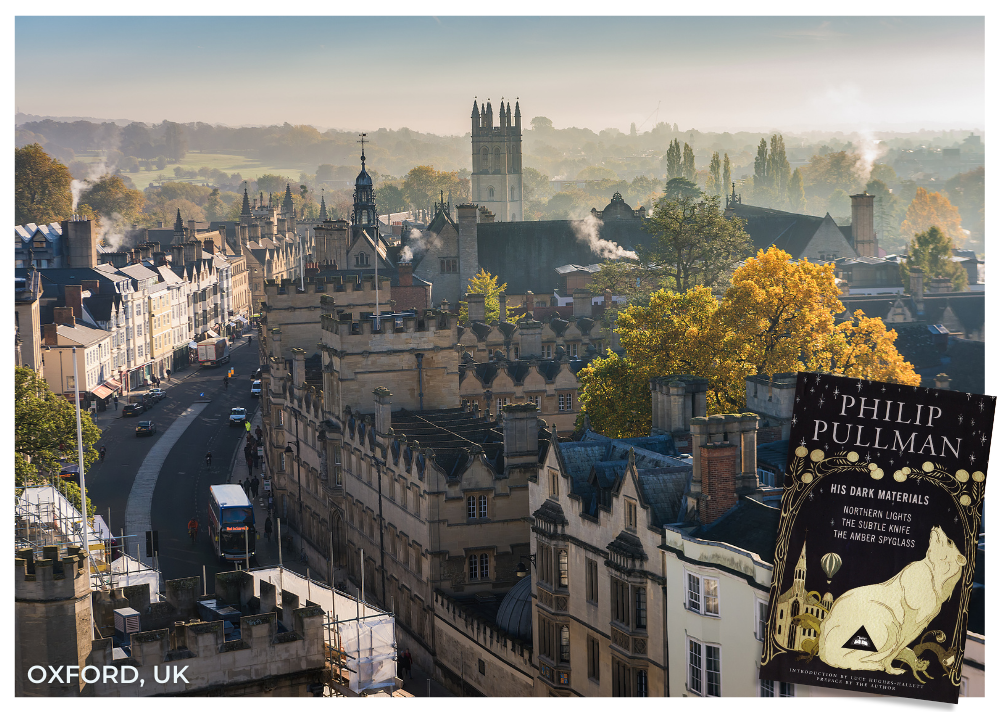

Q - Quito, Ecuador
The General in his Labyrinth
A historical fiction about the South American leader Simón Bolívar from the Nobel Laureate and master of magical realism, Gabriel Garcia Márquez, this is about the revolutionary leader retracing his steps down the Magdelana River through present day Venezuela, Colombia, and Ecuador. Consumed by his memories, the man who liberated 6six countries from Spanish rule relives his life as he travels. For anyone visiting Bolivia, Colombia, Ecuador, Peru, Panama, or Venezuela, it’s worth knowing more about this man, who is a hero to the people, even if it’s a fictional interpretation.
R - Russia
Archangel
There are so many great Russian novels I could mention here but none that have captured my imagination as much as this thriller by Robert Harris. The story follows a burned out historian who, when in Moscow for a conference, meets an old man who claims to have been at Stalin’s deathbed and gives him what is apparently the dictator’s secret diary. From the streets of modern Moscow to the silent forests of Russia’s frozen north, the protagonist follows a trail to a cabin in the woods and a chilling finale.

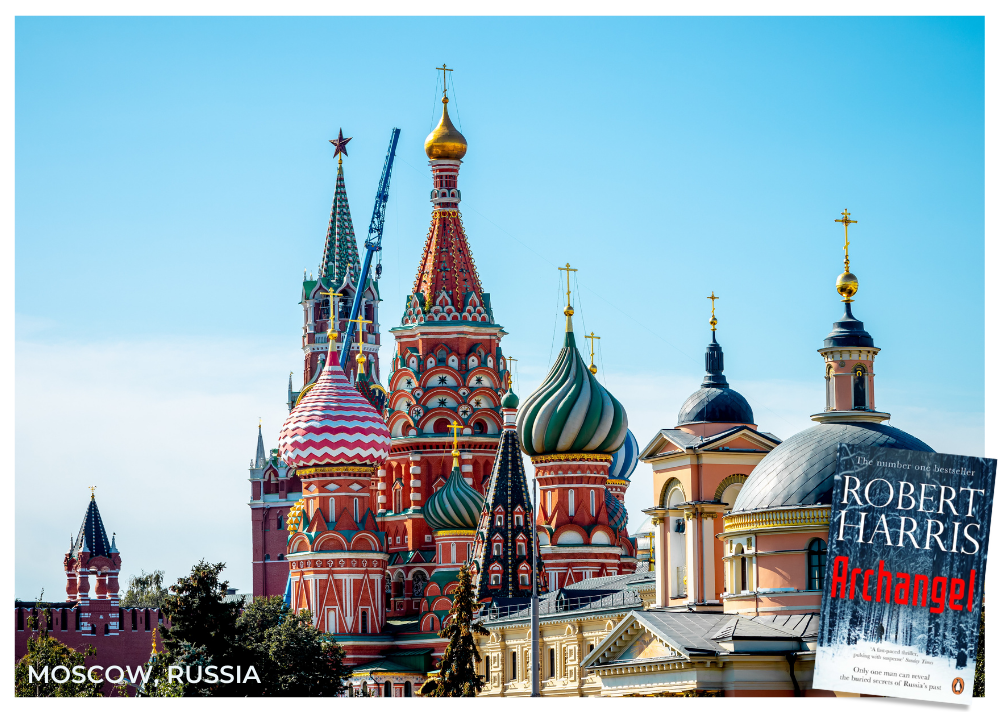
S - Scotland
The Thirty-Nine Steps
This page-turning adventure story is so short you could finish it over a large mug of tea, but the tea might go cold. Set in 1914, the novel’s hero Richard Hannay, is on the run after discovering a ring of spies who are after Britain’s First World War plans. Framed for murder and pursued by the police as well as the spies, the book follows this stiff-upper lipped Brit across the wilds of Scotland as he dons multiple disguises and manages to pull himself out of many sticky situations.
T - Thailand
The Beach
A 1990’s cult classic, Alex Garland’s Lord of the Flies-esque tale tells of a backpacker Shangri-La gone very wrong but never manages to make Thailand’s emerald isles seem less appealing. The descriptions of backpacker culture, from the slum accommodation of Bangkok’s hedonistic farang (Thai for foreigner) hangout, the Khao Sun Road to the turquoise waters of the Andaman Sea are still spot on.
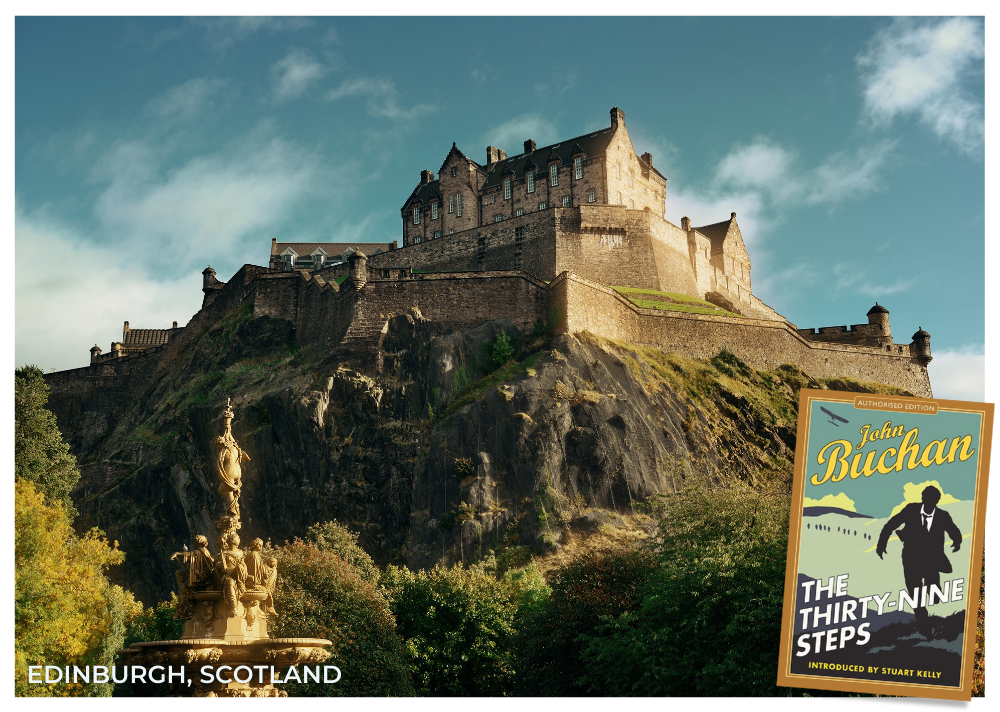
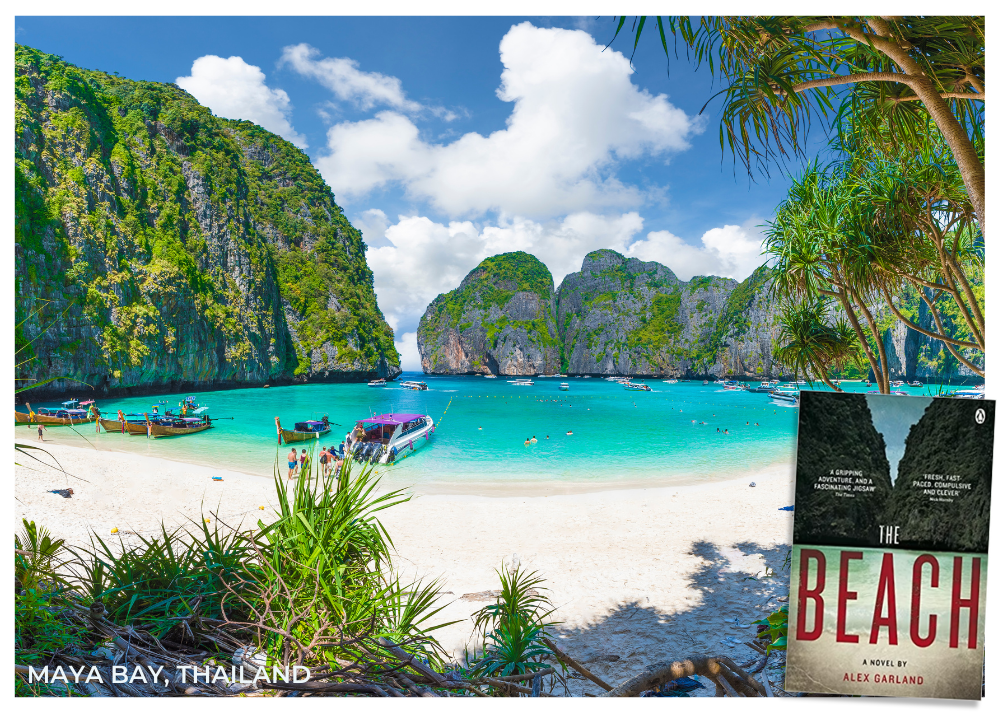
U - Uganda
The Last King of Scotland
This novel by journalist Giles Foden, follows the rise of Ugandan President Idi Amin and his terrifying reign as dictator in the 1970s from the point of view of a Scottish doctor working for him. Drawn by the dictator’s magnetic charisma, the protagonist is pulled into his world of corruption and eventually terror. It’s not a great representation of this beautiful country, but it gives a fascinating if fictional, insight into a real figure who looms large in its history.
V - Vietnam
The Quiet American
Graham Green’s novel about a cynical American journalist living in Saigon and covering the conflict between the French colonial forces, an idealistic CIA Agent, and the Vietnamese woman they both love. A political commentary as well as a musing on morality, the book is graphic in its recollection of the cusp of huge change.
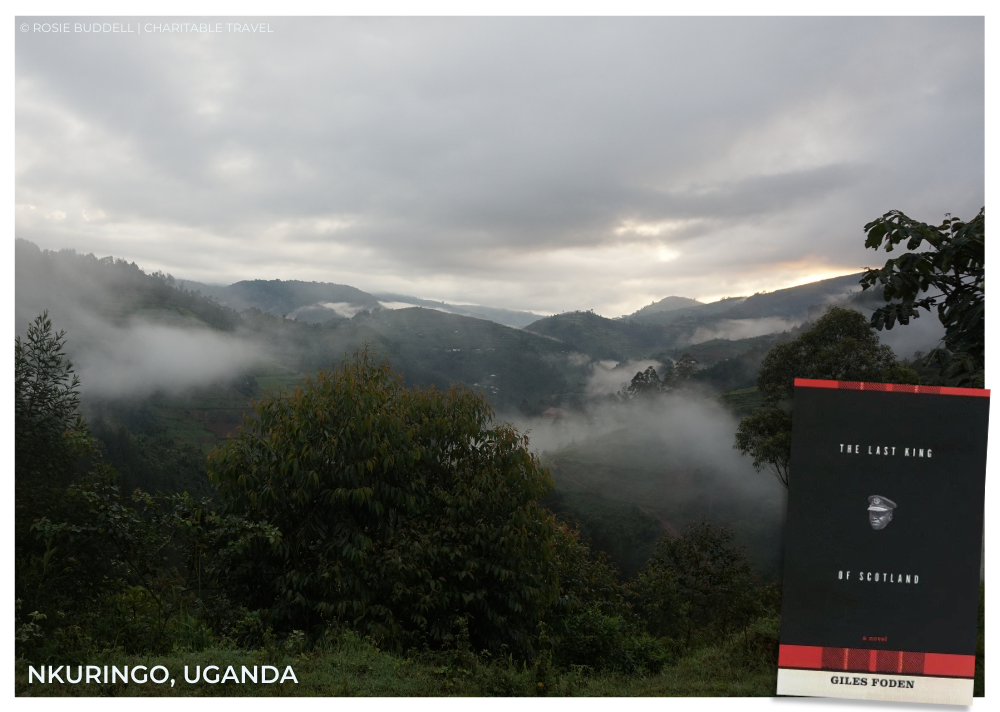

W - Wyoming
C.J Box's Joe Picket Series
Following a game ranger whose jurisdiction covers vast swathes of Wyoming’s wild mountains and forest and a few towns in between, this series is over 21 books long now, so the reader has the chance to grow up with Joe, his wife and daughters as well as getting a page-turning good story. The hunting and farming culture of the rural west is lovingly brought to life and issues ranging from endangered species to federal land rights are explored through exciting crime-driven plots.
X - Xiamen
Inside the Red Mansion
Another non-fiction entry, written by The Times’ China correspondent, Oliver August, this is his story trailing the rise and fall of China’s most wanted man, a shipping magnate who was accused of fraud by the Communist Party. Its descriptions of the skyscrapers and nightclubs of boomtown Xiamen is a window into a China stuck between communism and capitalism; both free and oppressive, anarchic and authoritarian.
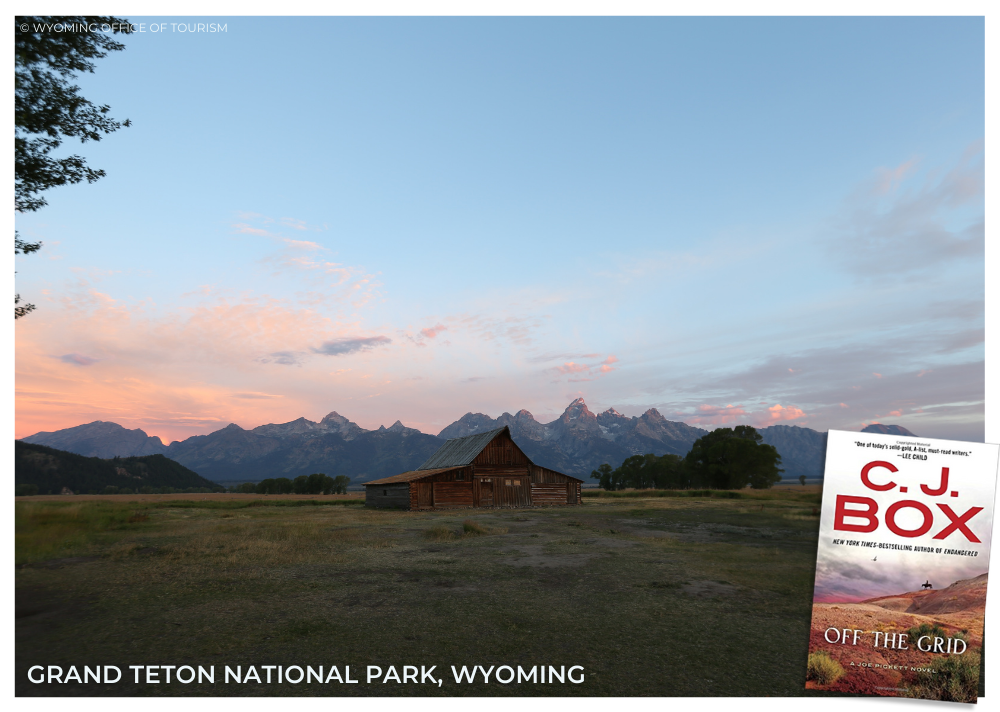
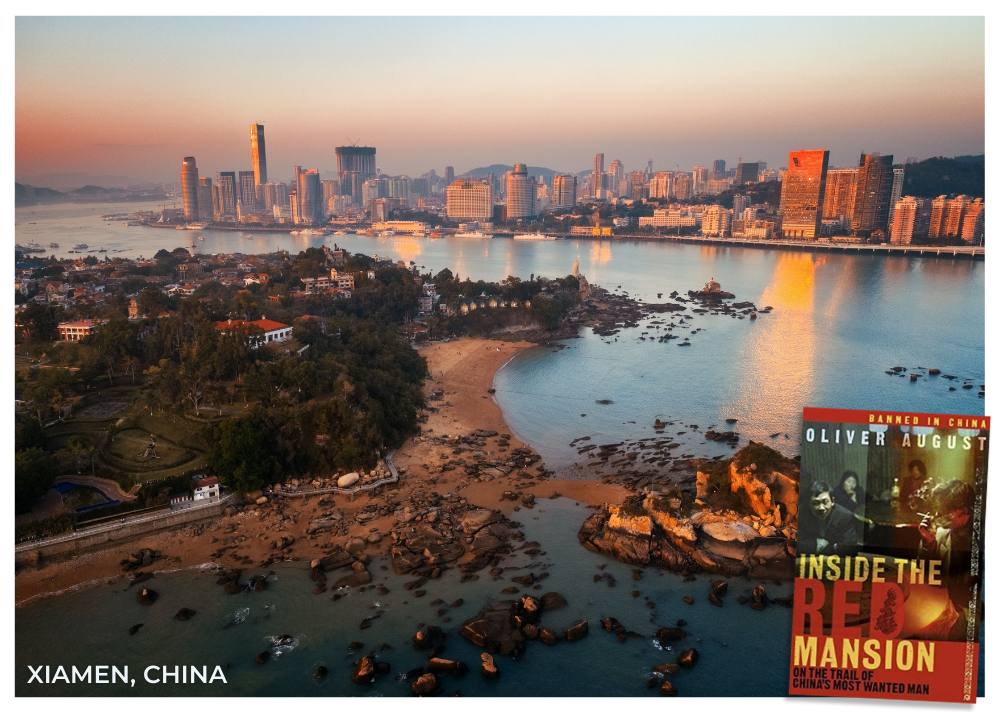
Y - Yukon
The Call of the Wild
This adventure novel by Jack London was published in 1903 but was set in Canada’s Klondike Gold Rush in the 1890s. The central character is a dog called Buck who is stolen from a ranch in California and sold into service as a sled dog up north and the book is a tale of his sometimes-brutal working life, the dogs and humans he meets and his gradual return to a wolf-like status responding to primordial instincts. The author spent a year living in the Canadian territory, like many other prospectors, and whilst he didn’t find his fortune in gold, he found it in the vivid stories he wrote about this frozen wilderness of spruce forests and glacial mountains and the tough people who inhabited it.
Z - Zurich
The Night Manager
The hero of John Le Carre’s classic spy novel is not a spy but a former British soldier turned hotel night manager who is on duty in a grand Zurich hotel when ‘the worst man in the world’ checks in. Richard Roper is a ruthless arms dealer disguised as a businessman and philanthropist and the protagonist, Jonathan Pine, knows he is the reason a woman he knew is dead. The novel jumps from a frozen and opulent Zurich to the past in Egypt and eventually to the Bahamas where Pine tries to bring Roper to justice in a nail-biting undercover operation after being recruited by MI6.
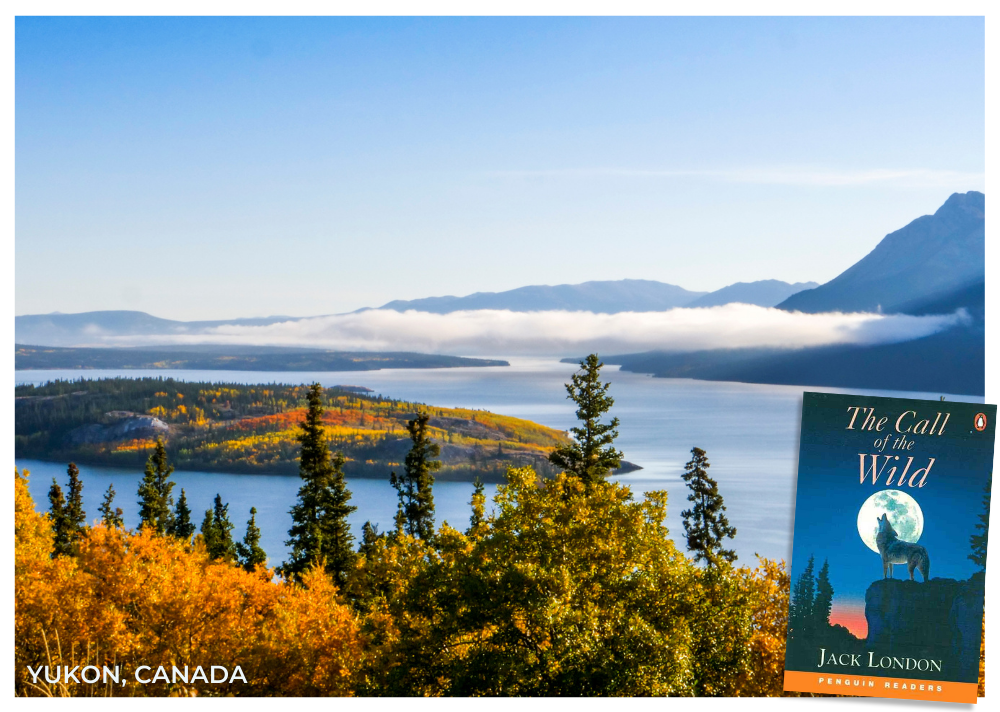
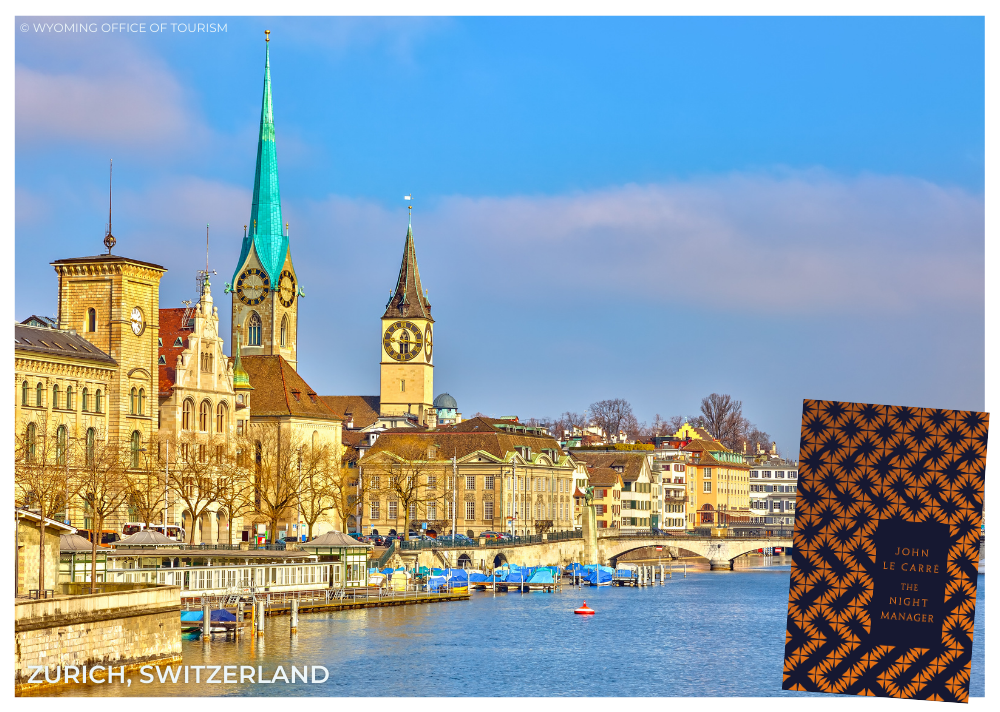
This is a feature from Issue 3 of Charitable Traveller. Click to read more from this issue.

















 by net effect
by net effect